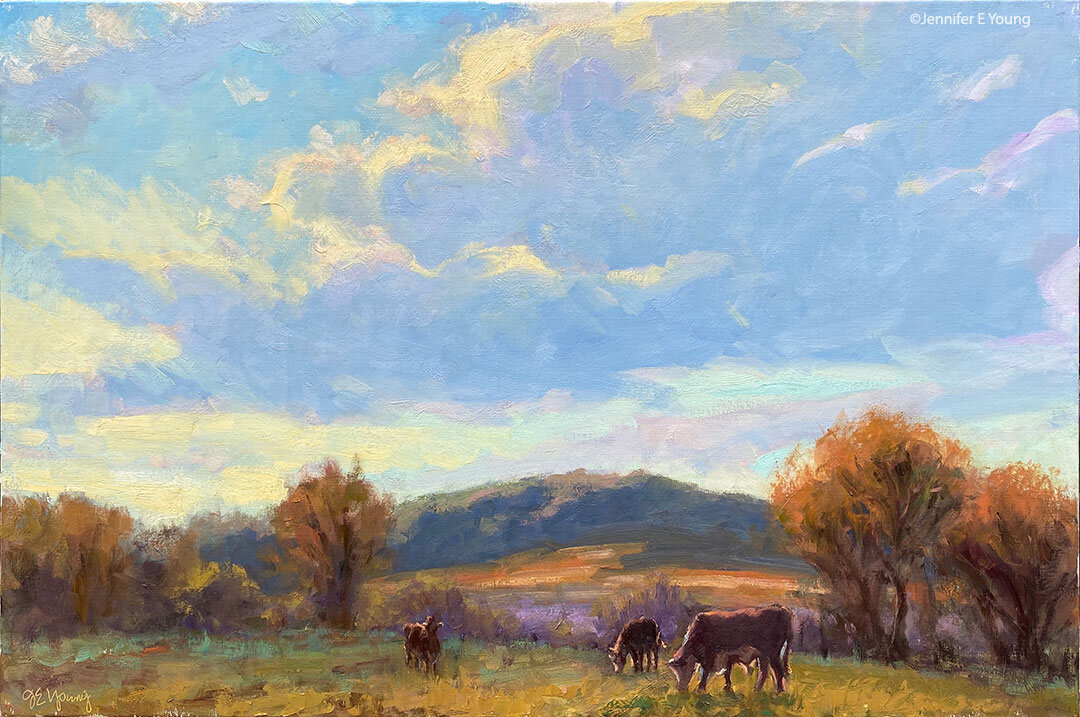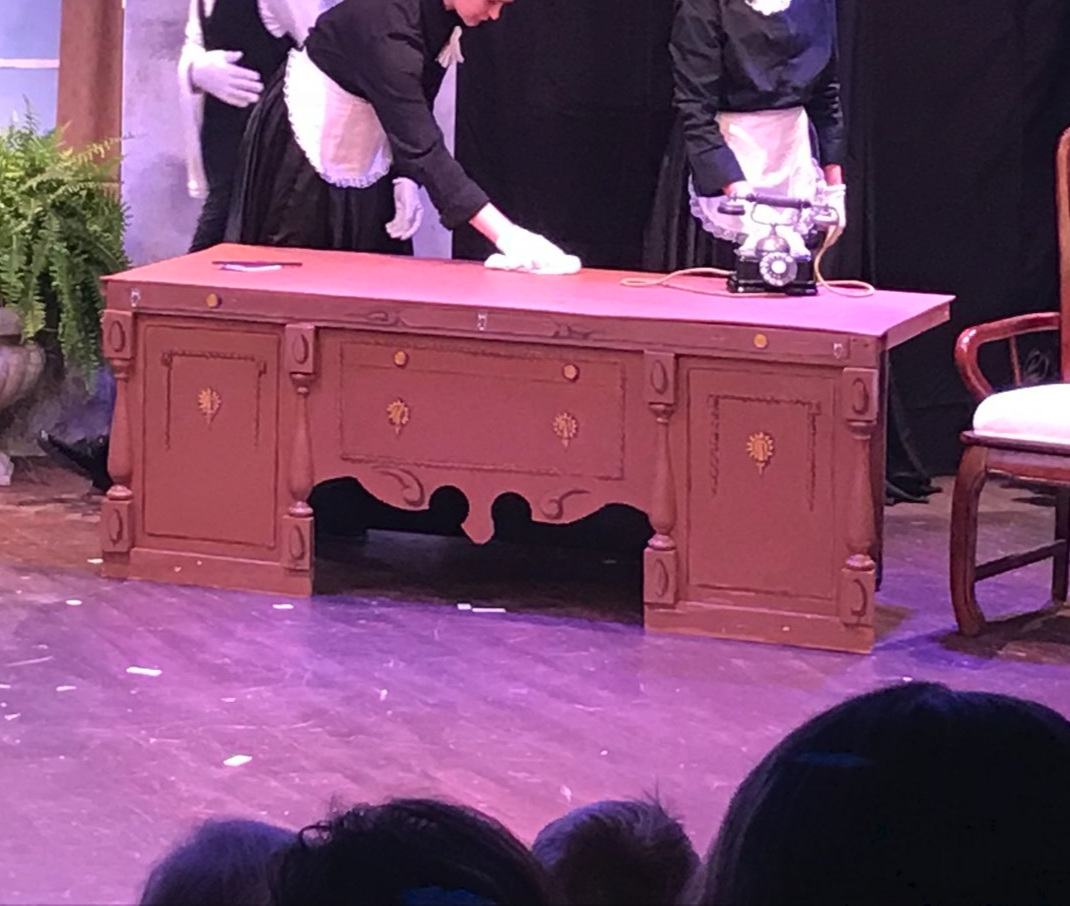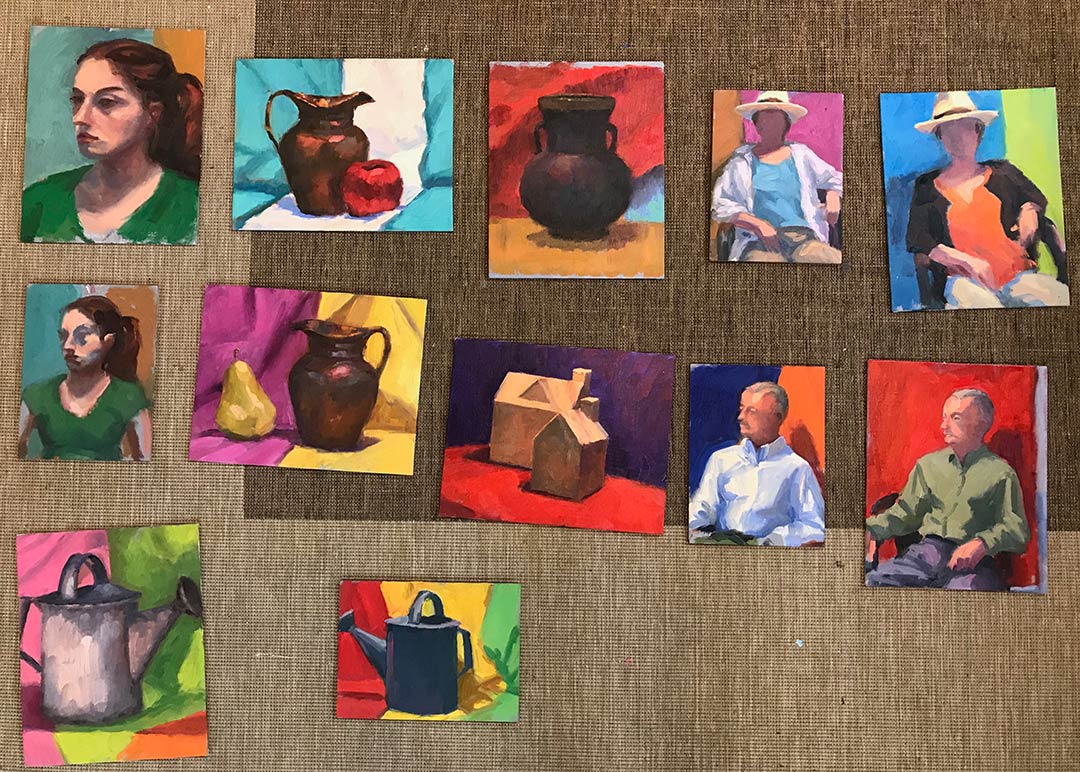Of Paint and Palette Knives
/Here is a recent message I received from a reader that I thought I other blog readers might find of interest: Q: Can you tell me if you use painting knives or if it is all done with brushes? And do you have a favorite brand of paint? -N.M
A: Hi N.M-I paint primarily with a brush, but here and there I have been using the palette knife as a painting tool (rather than just a tool for mixing). If you can get your hands on Richard Schmid's video on painting the landscape (June in particular), he has an excellent demonstration of how he uses the palette knife in his paintings. I am experimenting with his technique (as I understand it) but, not for every painting. So I wouldn't call myself a palette knife painter by any means.
As for paint brands, I'm looking at my paint bins now, and I see Winsor Newton, Gamblin, Holbein, Daniel Smith, M. Graham, Rembrandt, and Old Holland! I probably use Winsor Newton and Gamblin most often, but I have had good experiences with all of the above. I often base my decision on which brand to buy by the pigment I am after. Some pigments seem to be pretty particular to one brand. But even paints that go by the same name can vary quite a lot in hue, value, or color temperature. For instance, Winsor & Newton's Cadmium Yellow Light is warmer and I believe, a bit darker than Gamblin's, which is more lemony. That's not necessarily better or worse-- it all depends on what you're after.In any case, I make sure that I buy professional grade paints, rather than student grade. They are more expensive, but there is a big difference in quality.
I hope this helps, and happy painting!














